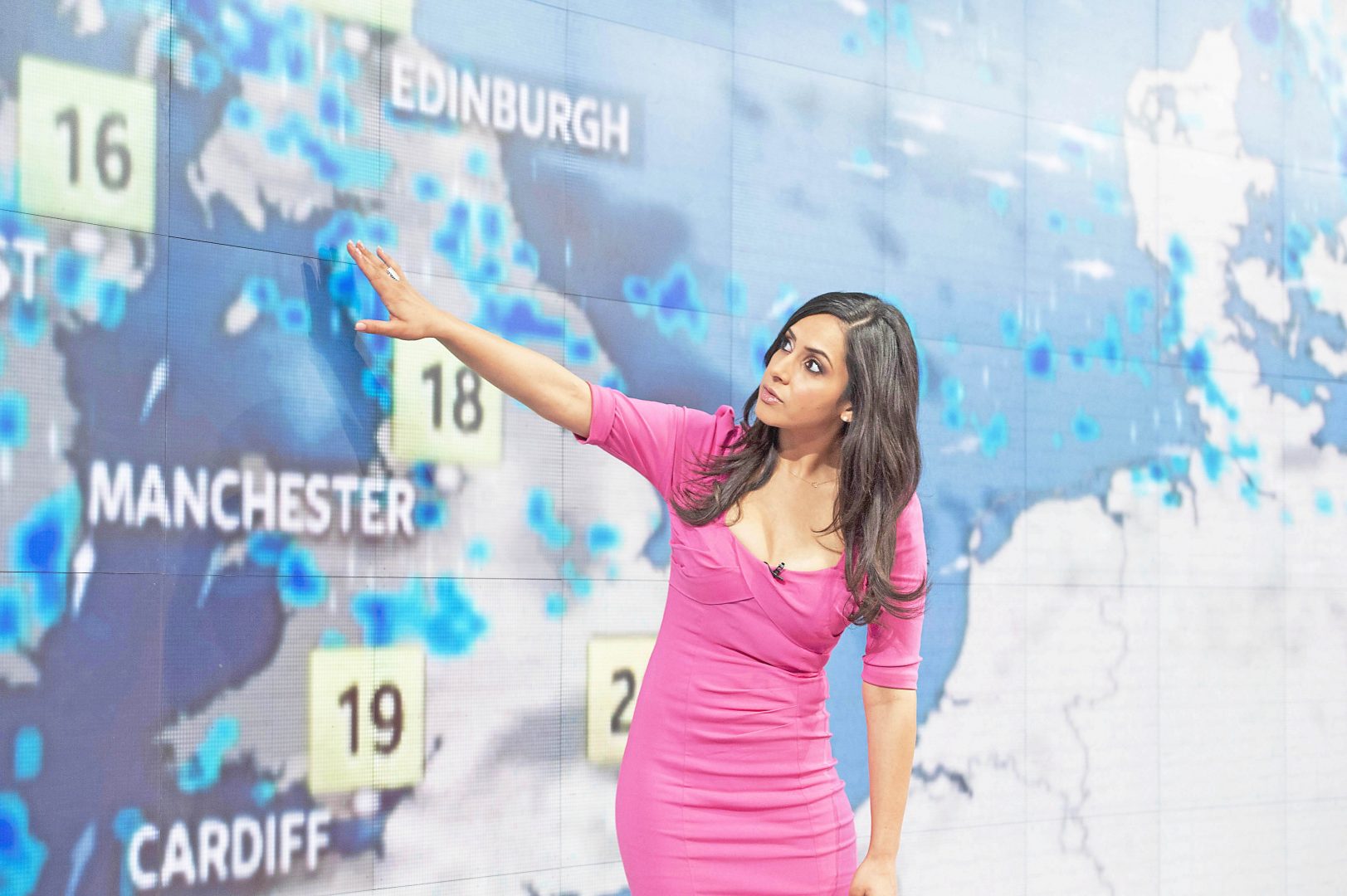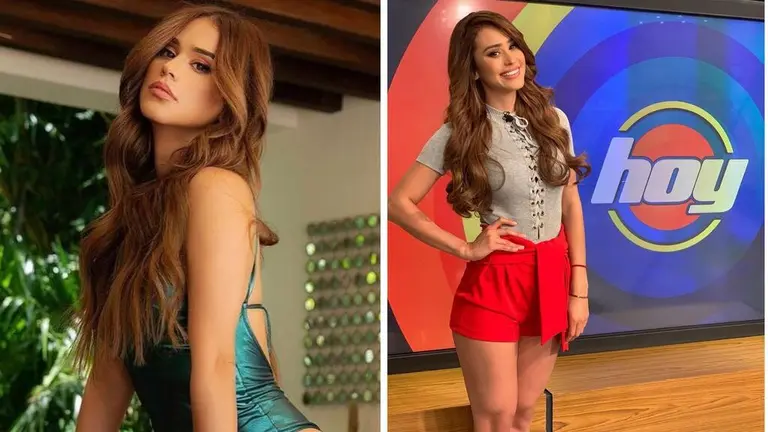SB. This Weather Report Went Viral — Then She Never Returned to TV
Weather forecasts are a crucial part of daily news broadcasts. They help communities stay informed, prepare for daily activities, and respond to emergencies like storms or extreme heat. But in recent years, public conversations have emerged—not just about the accuracy of forecasts, but also about how weather presenters, especially women, are perceived on screen.
This article explores how appearance standards have influenced the field, the challenges female presenters face, and what can be done to support professionalism and gender equity in broadcast meteorology.
What Do Weather Presenters Actually Do?
Weather presenters are more than just familiar faces delivering forecasts. Many are trained meteorologists or science communicators. Their responsibilities include:
-
Interpreting complex meteorological data
-
Delivering forecasts clearly and calmly
-
Providing life-saving warnings during emergencies like hurricanes, floods, or heatwaves
Their ability to communicate clearly during critical situations plays a key role in public safety.

Media Trends and Viewer Perceptions
Across various regions—including the U.S., Mexico, and parts of Europe—some news outlets have adopted increasingly fashion-forward or stylized approaches for television. While this is part of a broader trend in media presentation, it has sparked debate.
Some audiences feel that style should not overshadow substance—particularly when delivering scientific information. Others argue that presenters should have the freedom to express themselves through their clothing choices.
The conversation is often shaped by social media, where clips of weather forecasts are shared widely. Unfortunately, this has sometimes led to superficial commentary or criticism based on appearance rather than professional performance.
Unequal Standards and Gender Bias
A consistent concern raised by media scholars and female professionals is the double standard in how male and female weather presenters are judged.
-
Men are generally expected to wear suits or business attire, and their appearance is rarely critiqued.
-
Women, however, often face disproportionate scrutiny for their clothing, hairstyles, and even body shape.
This disparity can lead to the false perception that a female presenter’s value lies in her appearance rather than her expertise.
According to a study published in the Journal of Broadcasting & Electronic Media, women in meteorology frequently report feeling pressure to meet visual expectations that are not applied to their male counterparts. These standards can undermine the credibility of female professionals and create unnecessary stress in high-pressure roles.

Professionalism and Representation
Several national organizations support equity in broadcasting. The American Meteorological Society (AMS), for example, has issued guidance encouraging fair treatment, professionalism, and scientific accuracy in on-air meteorology.
Female meteorologists and science communicators around the world have taken steps to address the imbalance:
-
Choosing professional, comfortable clothing that aligns with their personal style and workplace policies
-
Speaking out about online harassment, which often targets their appearance more than their scientific credentials
-
Using social media to highlight their qualifications, share behind-the-scenes insights, and engage with their audiences constructively
Why This Issue Matters
The conversation around attire and presentation may seem minor—but it reflects deeper societal norms around gender, professionalism, and media consumption.
Here are a few key reasons why it deserves attention:
-
Credibility in Crisis: In moments of danger—such as severe weather events—trust in the presenter matters. Overemphasizing appearance can distract from critical messages.
-
Role Models for Girls: Young viewers often look up to women in science and media. When appearance becomes the focus, it can distort ideas about what success looks like.
-
Workplace Equality: All professionals should be judged by their skills, not by superficial standards. Creating fair, respectful work environments benefits everyone.
Addressing the Issue: What Can Be Done?
Media organizations, audiences, and professionals all play a role in shifting the culture:
-
Media outlets should hire and promote based on qualifications and communication skills, not appearance.
-
Producers should avoid placing pressure on staff to dress in certain ways purely for ratings.
-
Audiences can support presenters by focusing on the content and credibility of their forecasts rather than fashion choices.
-
Educational initiatives can raise awareness about the importance of women in STEM (science, technology, engineering, and math), including meteorology.
Social Media: A Double-Edged Sword
While social media allows weather presenters to engage with viewers and share their expertise beyond the screen, it also exposes them to unsolicited commentary and criticism.
Some presenters have reported facing harassment or personal attacks for being “too stylish” or “not stylish enough.” This highlights the need for better online etiquette and stronger moderation of social platforms, particularly when professionals are targeted simply for doing their job.
Final Thoughts
Weather presenters are critical voices in our daily media landscape. They deserve to be recognized for their expertise, clarity, and calm under pressure—not reduced to comments about clothing.
As audiences, we should ask ourselves: Are we focusing on what really matters? Supporting science communicators—regardless of gender—means valuing their knowledge, their ability to educate, and their role in keeping the public informed and safe.
Let’s celebrate weather professionals not for how they look, but for the essential work they do.

